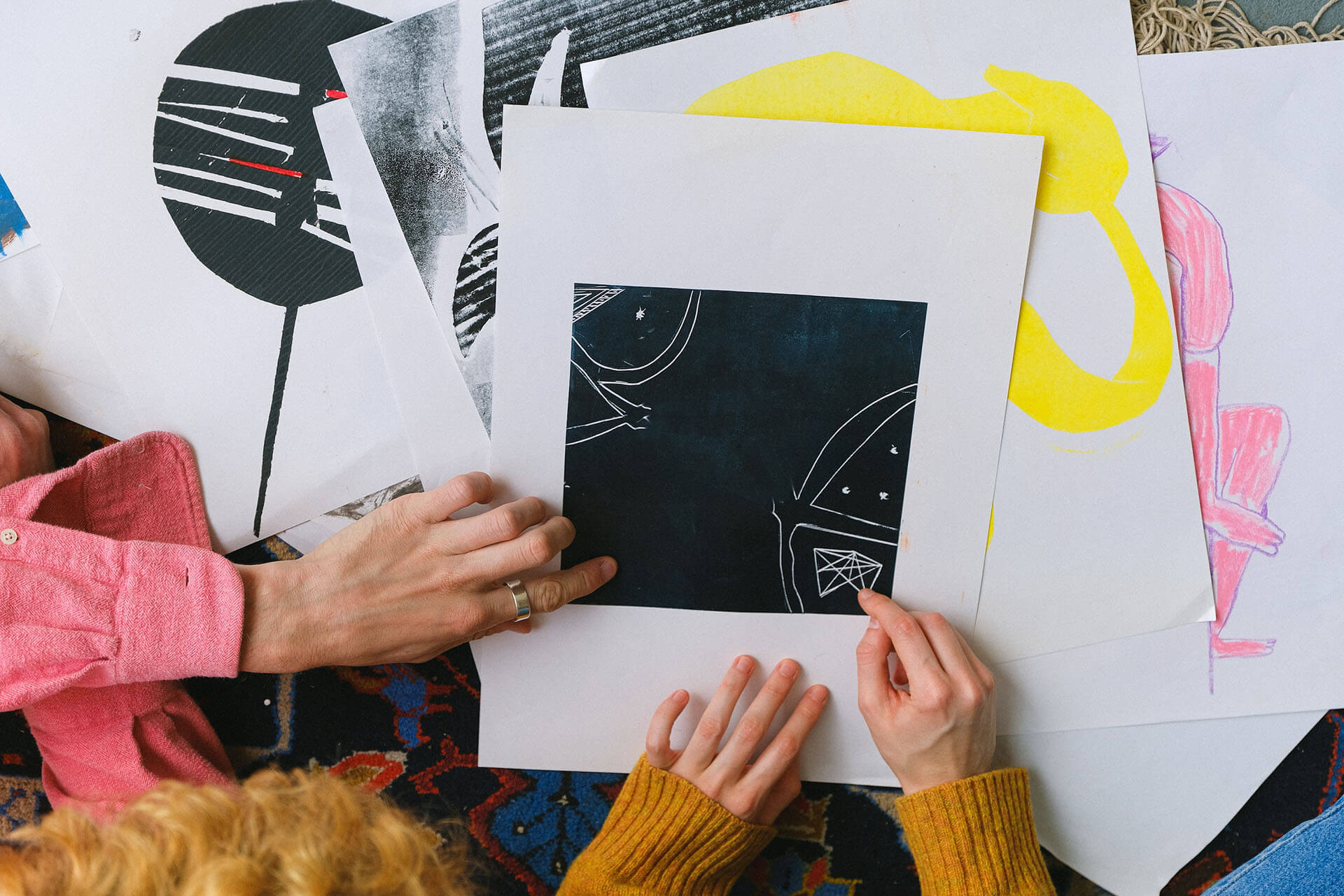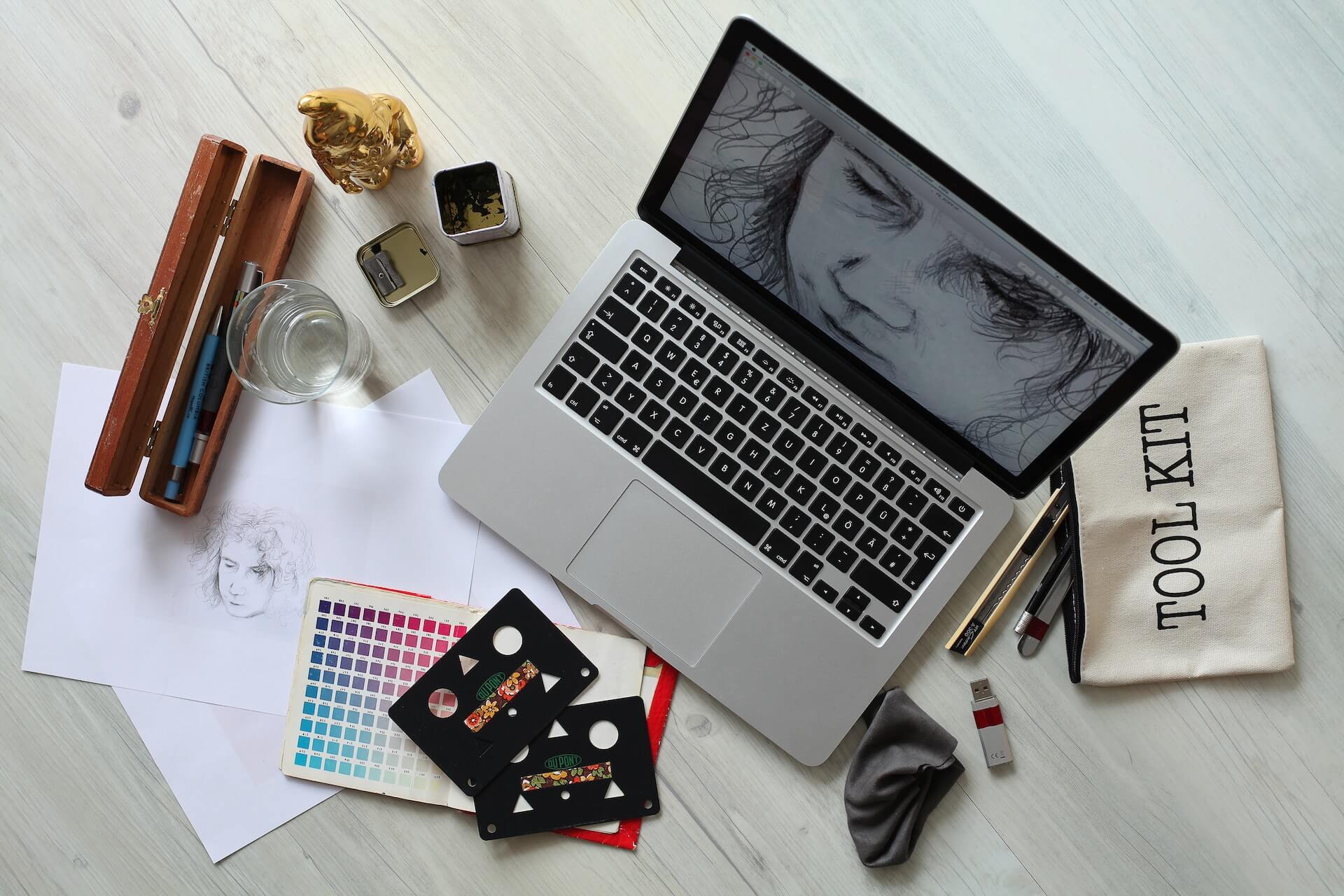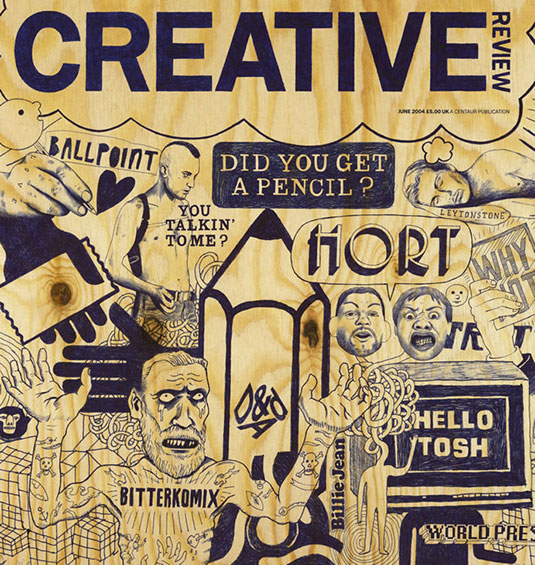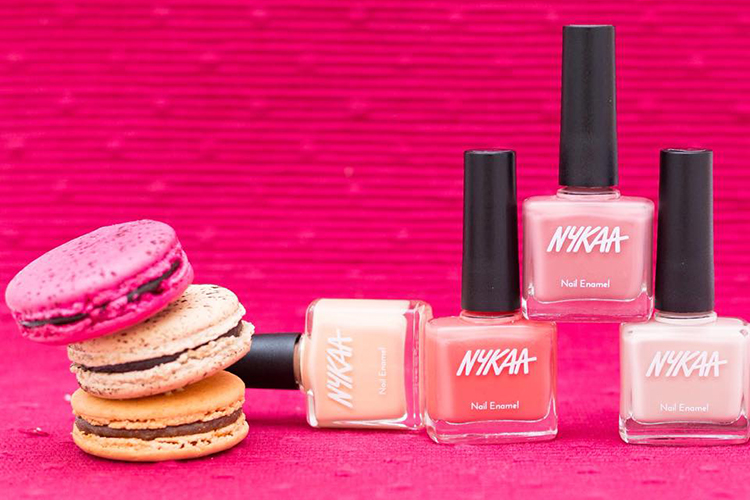A day in the life of a graphic designer
So you find yourself wondering what Graphic Designers exactly do. You thought the two words were self-explanatory, like “self-driving cars”, and that was all there was to it. But Graphic Designers are a tricky bunch.
They are like a new gadget that you just got. You think you know everything about it, and then, boom! You discover a whole new world of colour theory, the rule of thirds, typography and whatnot. And with that, it’s easy to get overwhelmed. But this is where we come to your rescue!
Without further ado, let’s dive a little deeper into the day-to-day workings of Graphic Designers, and break down the creative process of how a design comes to life.
Tip #1: Don’t miss the tips for brands and marketers on how to ace their branding game by partnering with Graphic Designers (yeah, that’s our first tip).
Seriously, what is Graphic Design?

In its most basic sense, graphic design is the visual communication of ideas. That’s exactly why they are increasingly being called communication designers. You must have caught attention to a really vivid, slick billboard and remembered it for weeks later; that is a great job done by a graphic designer!
And this remarkable power of graphic design to communicate ideas quickly and effectively should not really come as a surprise. After all, our brains are wired to engage better with and invoke stronger reactions to visuals than words. According to a survey, 64% of marketing professionals said that visuals were an important part of their branding.
While the work relies highly on creativity, there is a technical side to Graphic Design as well. To make the message more presentable and effective a Graphic Designer follows a load of design principles and elements like line, shape, colour, texture, space…*we need a separate blog for that*. They also employ various tools like Photoshop, Illustrator, InDesign, After Effects and more.
Speaking of areas of work, Graphic Designers have many avenues where they can prove their mettle, like design studios, advertising, publishing, show business and practically every marketing team that has anything to do with visual communication. But in this blog, we will touch upon studio-specific Graphic Designers, because that’s something we know from A to Z.
Tip #2: Partnering with an expert team of communication designers that knows how to use visuals effectively can be the best thing you can do for your marketing strategy!
So, what’s the usual workflow of Graphic Designers?

Like most professionals, the day usually begins with checking emails, preparing a to-do list, and attending internal morning meetings to set the agenda for the day. Depending on the projects, the day can be spent on a wide variety of tasks, but a standard workflow for a Graphic Designer looks something like this:
- Take client meetings to discuss projects and understand briefings.
- Research ideas and internally brainstorm and strategise with other designers.
- Work on a diverse set of communication tools, like logos, brochures, reports, infographics, social media campaigns and more.
- Perform edits and re-edits.
- Make sure the final product is free of errors and fit for publishing.
Breathe, breathe! Not everything is meant for one day 🙂 Let’s look at each one closely!
First things first, the designer will usually review the client’s brief and brainstorm ideas. This process involves researching the business, its competitors and the target audience and performing customer segmentation. The skill set required here is not just creativity but also product understanding and problem-solving.
In most cases, a team of multiple Graphic Designers with different expertise will brainstorm and collaborate on a project. This helps to bring in different points of view and add various layers of ideas to the final product.
Once the idea is ready, it’s time to start the visual exploration! This includes researching references for inspiration and experimenting with different colours, fonts, and shapes. Usually, it takes a couple of drafts and variations, where all the different explorations are evaluated and the shortlisted designs are fine-tuned, before they are ready to be presented to the client.
Pitching the design to a client is a completely different ballgame that a graphic designer needs to master. It involves explaining the current challenges identified in the brand, its solutions and the thought process behind the design; followed by noting down feedback for making any necessary edits.
The happiest day for a designer is the day of approval. That’s when the client says “yes” to all the hard work and the digital files are prepared for sharing and publishing.
The project is wrapped up with documentation that allows the client to easily refer back to the project and helps the designer keep track of their work. And finally, to close everything out, the designer sends the client an invoice.
Tip #3: To get the desired results in the deliverables, it is necessary to brief the designers in as much detail as possible. The Wishbox team shares a questionnaire with every client that serves as an ideal tool for communication, helping to understand the brand and the problem that it is trying to solve.
Is it a tough life…What are the challenges?

Deadlines, deadlines and more deadlines!
If there’s anything that scares a Graphic Designer more than the rejection of an idea, it’s missing a deadline. But that’s not it.
Even though the whole process of designing is very rewarding — providing freedom and satisfaction to create something creative that adds value to a brand — it is an ever-evolving field and has its own unique challenges. In order to stay ahead of the curve and remain sought-after in the industry, designers must always be on top of all the latest trends. With new software and platforms emerging every day, they must be willing to learn and adapt in order to stay relevant and competitive.
Among various other technical challenges, another obstacle that the designers face is finding the right clients. Then comes the huge task of explaining technical concepts such as design consistency, white space, typography, etc., understanding briefs and getting on the same page with the client. Many design projects require a lengthy and intensive process of finding the right client who best understands and appreciates their work.
Telling an effective story using original visuals to establish a brand in people’s minds is not an easy task. A design only truly has any value when the idea is fresh and in line with the brand voice — and that can be challenging. This can be achieved by keeping an open mind and being ever-ready to step out of one’s comfort zone. And that’s also how one creates something that’s close to the most overused word in marketing, “quirky”.
Tip #4: To make the designing process time and cost-efficient, be clear with your goal. Discuss the requirements internally and prepare a set of design guidelines to share with the Graphic Designer.
In conclusion

Graphic design is a lucrative field of work for people with a creative bent of mind. It beautifully blends the conventions of a regular job with the artistic side of any creative work. Anyone who is looking to dip their toes in this colourful profession can expect a workflow that includes ideation, strategising, creation, experiments, discussion with clients, edits and final delivery.
In order to keep up with the work challenges, a graphic designer must be eager to walk the less-trodden path to arrive at something original. Besides that, they must be willing to step outside their comfort zone and stay abreast of the latest trends and technologies.
For brands, it is important to work in unison with the designers. Everything from a detailed briefing to specific feedback to providing source material and references are indispensable steps in Graphic Designing that make sure that the final product comes out with flying colours, tone and texture!



